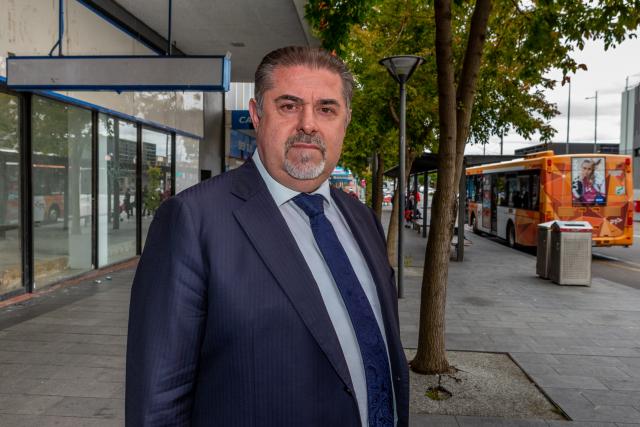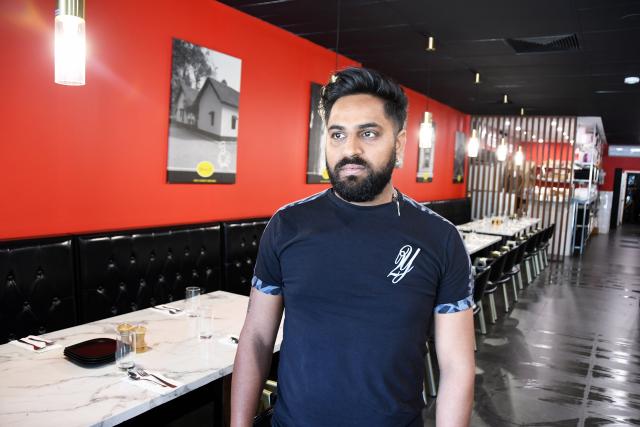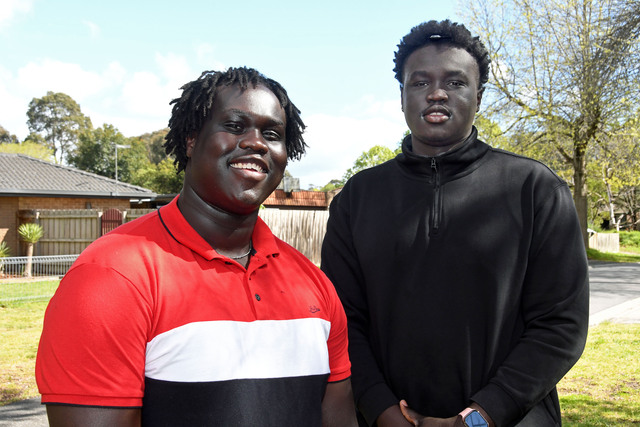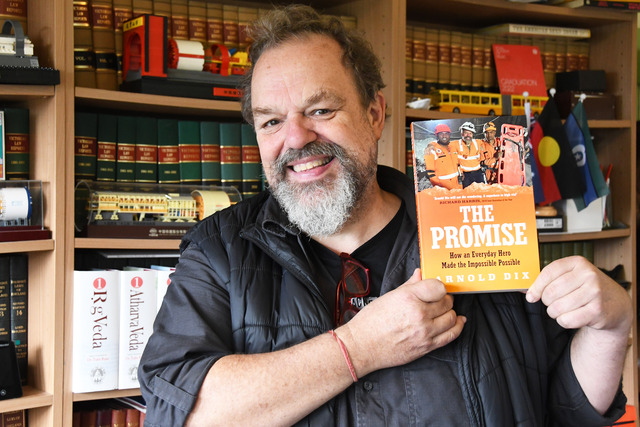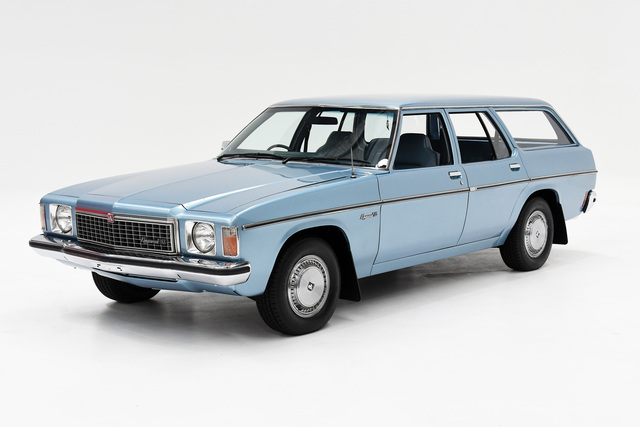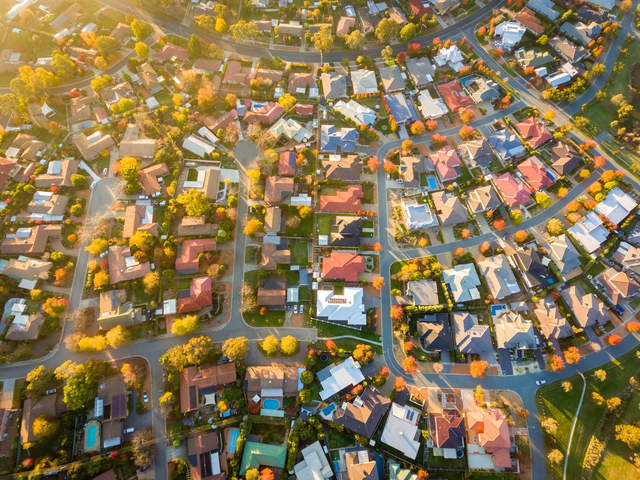The lack of affordable housing is being raised as the greatest barrier to ending the spate of rough-sleeping in Greater Dandenong.
Since Covid, the large numbers of beggars and homeless people on Dandenong’s streets has fueled safety concerns from shoppers and traders.
Dandenong restaurant owner Minid Patel says that “there’s so many homeless people”.
“I feel bad for them. I literally give them leftover food, there’s so many at night. They’re sleeping in the car park next to me.”
“There has to be more patrolling at night. They have to get these people out of Dandenong.”
Greater Dandenong councillor Jim Memeti has also called for action on beggars asking for money on “nearly every corner” in Dandenong.
It comes five months after the launch of Greater Dandenong Council’s program Dandenong Zero.
The project teams together the council, police and services with the aim of ending rough-sleeping homelessness by providing long-term housing by December 2024.
“There are 76 people who are rough sleeping on the Dandenong By-Name List and we’ve been able to move some of these people into safer interim accommodation as they begin the journey out of homelessness,” Launch Housing’s Functional Zero manager George Hatvani says.
“In addition, five people have been housed in safe, sustainable, long-term housing, which is the long-term goal of the project.
“The greatest barrier to the achievement of this goal remains the availability of suitable and affordable housing stock within the municipality, primarily public and community housing.”
The By-Name List (BNL) provides real-time data on rough sleepers on streets, in cars or in squats.
Homelessness services meet weekly and use the BNL to ensure “no single person falls between the cracks”, Mr Hatvani says.
“All are helped to find the fastest possible pathway out of homelessness and into housing and support.”
He described the council’s approach as a “sophisticated and well-coordinated response”.
It included a local entry point with the WAYSS homelessness agency, assertive outreach, supportive housing programs and Bob’s Place crisis accommodation run by Launch Housing.
Other service providers including Centre for MultiCultural Youth, Salvation Army, ERMHA, Wintringham, Ngwala Willumbong, Monash Health, Crossroads and the Asylum Seeker Resource Centre provide homelessness support, including for rough sleepers.
Mayor Eden Foster said Dandenong Zero was a “slow process” in “building trust” with rough sleepers and tackling underlying issues such mental health and substance abuse.
Meanwhile, the council was lobbying for more social and affordable housing in the region as part of the State Government’s $5.3 billion Big Housing Build, Cr Foster said.
There was also a need for balancing residents’ concerns about overdevelopment of suburbs but offering more affordable housing, she said.
Cr Foster noted Dandenong had pioneering services such as Australian-first Viv’s Place, an apartment building for women and children escaping family violence and homelessness.
Inspector Peter Koger, who is Victoria Police’s local area commander in Greater Dandenong, said it was a police priority to link rough sleepers to support services.
“As part of the Dandenong Zero initiative, Victoria Police works collaboratively with local council and support agencies, in an ongoing manner to engage with and support vulnerable members of our community.
“If an offence is detected, or if a person is occupying a private property illegally, we will respond and deal with the matter at hand.”

